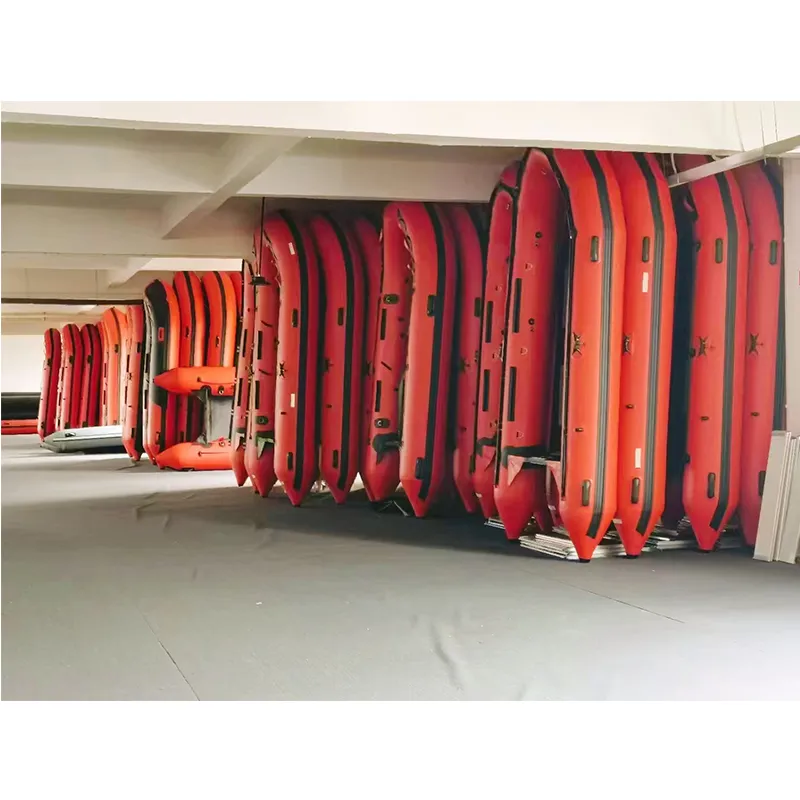

3. Axes (Pickhead and Flathead) Recognizing nuances between a pickhead and flathead axe shapes responses during ventilation and forcible entry. Precision in swinging and axeing isn’t just about force; it’s about calculated, economical movement to achieve optimal results. 4. Self-contained Breathing Apparatus (SCBA) Knowing intricate details of SCBA not only involves its quick assembly but also managing oxygen flow during prolonged exposures to toxic air. Familiarity with emergency protocols for SCBA failure can save lives. 5. Chainsaws and K-Tools Beyond basic operation, expertise encompasses effective maintenance and rapid adaptation to failures or substitutions, crucial during search and rescue missions or when clearing obstacles. Authoritativeness Relying on Expertise and Training Firefighting organizations invest significantly in training and certifying their force in tool use, under expert supervision. The fire academy courses led by experienced trainers underscore practical understanding and drill-based learning, reinforcing the identification and application of tools in varied contexts. Courses are constantly updated to incorporate technological advancements, ensuring that professional firefighters remain authoritative figures in adapting and applying their tools effectively and safely. Trustworthiness Building Reliability through Protocols Consistently reliable tool identification and usage are built on trust established through strict protocols. Fire departments maintain logs and checklists for regular tool inspections, repairs, and upgrades, fostering an environment of trust and accountability. These procedures ensure that every tool in the arsenal is in optimal condition, ready for use, which is paramount in life-and-death situations. In conclusion, proficient firefighter tool identification is a linchpin in their protection and functionality. It underpins successful firefighting strategies and extends to beyond handling each tool – it involves insight, education, procedural rigour, and a shared history of learned and taught lessons. A firefighter, when skilled in their tool identification and usage, becomes a bastion of safety, reliability, and trust, embodying the best practices that underpin their revered profession.





























